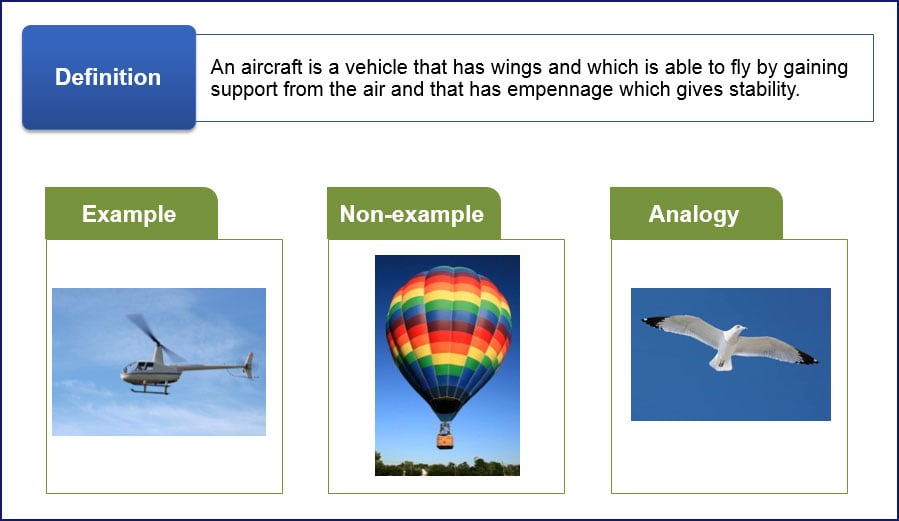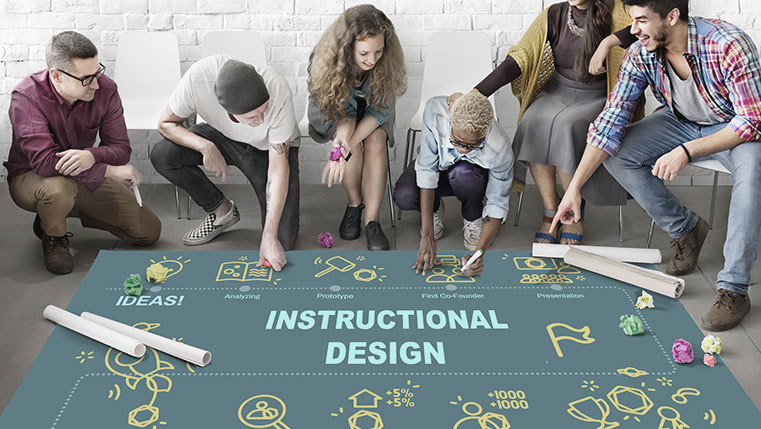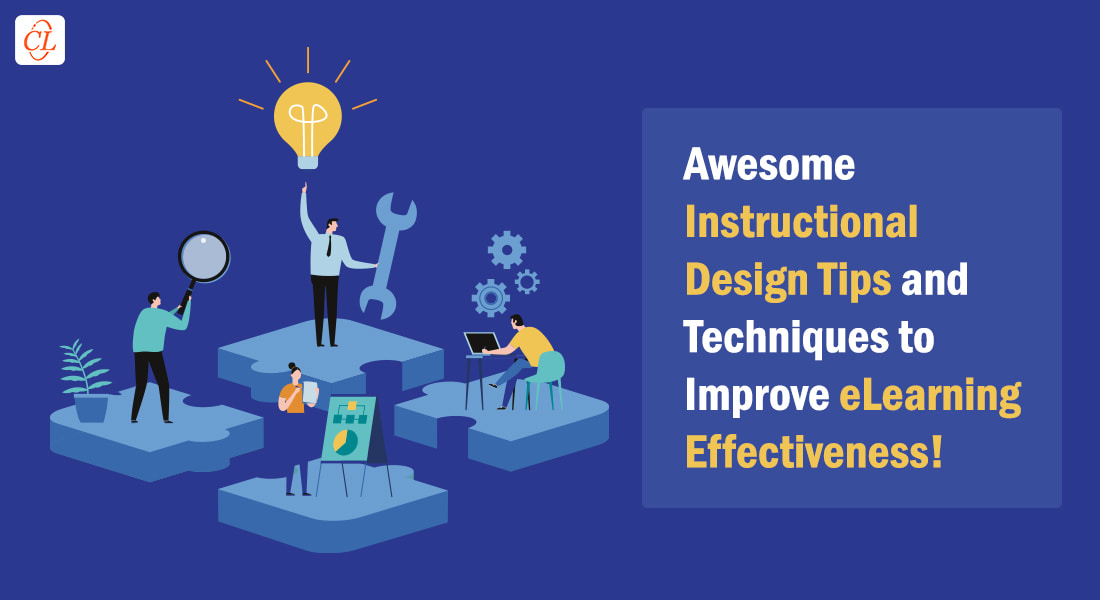Facts vs Concepts in eLearning and their Instructional Techniques Revealed

If you are involved in organizational learning and development, you might have had to deal with content that differs according to the nature of training. There are times when you just need to tell employees about what they need to know (facts) and there are other times when you would want them to apply what they know on the job (concepts, processes, procedures, principles). Do you know of the instructional techniques to teach both? Ruth Colvin Clark in her book Developing Technical Training has covered this information in detail, and the idea for this blog post is from her book.
In an eLearning course, we might have to teach both facts and concepts along with other types of content. You might already be aware that facts are easier to teach than concepts. Why is it so? Are there effective instructional techniques to teach facts and concepts? This blog post is an attempt to answer these questions.
What are Facts?
A fact refers to a piece of information that’s known to be true. It is easier to teach a fact because it is already proven to be true.
Facts can only be memorized, and when you are designing training programs, you can only teach them at the ‘Remember’ level in revised Bloom’s Taxonomy. It is a good idea to avoid writing a separate learning objective for factual content.
Facts cannot be applied directly in tasks at the workplace, but they can be applied in conjunction with other types of content. Here’s an example to elaborate.
In product training for a specific electronic gadget, the specifications of the device are facts that need to be memorized by the sales representative. But when you are trying to sell a product, you just don’t state the specifications alone. You use that information along with a concept such as applying sales skills.
What are Concepts?
A concept is an abstract idea and represents a class of items that share common features and hence a common name, or it can be a mental representation of objects for which multiple examples exist.
Facts can be remembered and applied. In the revised Bloom’s Taxonomy, concepts can be taught at the ‘Remember’, ‘Understand’ and ‘Apply’ level.
Concepts can be classified into two types:
- Concrete concepts that are tangible – e.g.: A product such as an electronic or electrical gadget that has a defined structure. You can draw and label such products.
- Abstract concepts that are intangible – e.g.: Sales management, leadership
Consider the example of a blended learning program for leadership training. The training introduces senior managers to team building, critical thinking, decision making, and emotional intelligence. These are abstract concepts. You can introduce the concepts of leadership through an eLearning program before you have further discussions on the subject in the classroom.
Instructional Techniques to Teach Facts and Concepts
The instructional techniques used to teach facts and concepts differ. Make use of these instructional techniques to teach facts in an eLearning course.
1. Instructional Techniques for Facts
The instructional techniques that work for factual content are:
- Diagrams – A diagram works well for concrete facts such as a product or machine. If you need to teach learners how to identify the parts of a machine, you might want to provide additional information on the function of each part of the machine using a table or callout and integrate this with the diagram.
- Lists – When you have a limited set of facts, you can present them as a bulleted list in your eLearning course.
- Tables – When you need to provide descriptions of products or provide a comparison of products, you can use a table to display the factual data.
- Mnemonics or a Visual Memory Aid – You can use a word list where the first alphabet in each word helps you remember a fact.
- Let’s say you need a mnemonic to teach learners to recollect the series of alkanes – Methane, Ethane, Propane, Butane, Pentane, and Hexane.
- The mnemonic My Enormous Penguin Bounces Pretty High can be used to aid recollection of this fact.
2. Instructional Techniques for Concepts
The instructional techniques that can be used to teach concepts in an eLearning course are:
- Definitions – Do not miss out on providing the definitions of the concepts that you intend to cover in the training program.
- Examples – After you define a concept, explain it further with the help of examples. If a concept is complex, you might have to provide multiple examples.
- A concept like decision-making is not easy to teach, and sometimes teaching it through eLearning may not be enough. You can have multiple scenarios that can explain to learners what the right decision is, and facilitate further discussion in the class as part of the blended learning program.
- Non-examples – When two concepts are confusing because they are similar include a non-example. A non-example can help differentiate two similar concepts.
- Analogy and Metaphor – An analogy or metaphor relates to the concept in function or form but is from a domain that’s totally unrelated to the training content. For example, in his book ‘The 7 Habits of Highly Effective People’, Stephen Covey uses the metaphor of a woodcutter to explain the 7th habit of Sharpening the Saw.
The saw used by the woodcutter needs sharpening, but he doesn’t stop to sharpen the saw because he is too busy cutting down the tree. With such a simple metaphor, Covey makes it easy to understand why we need to keep sharpening our skill sets and also focus on personal development.
Here’s a sample image that shows how the concept of an aircraft is explained. A definition, example, non-example and analogy are used to teach this concept.

Using the right instructional technique does make a world of difference to the receptivity of learning and is sure to boost the success rate of your eLearning courses. Is there any other instructional technique that you have used to teach facts and concepts? If yes, please share through the Comments section. Our readers would love to know more.





